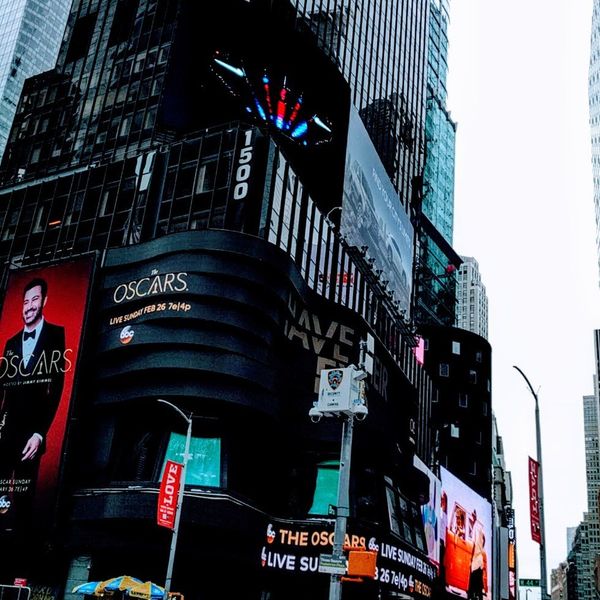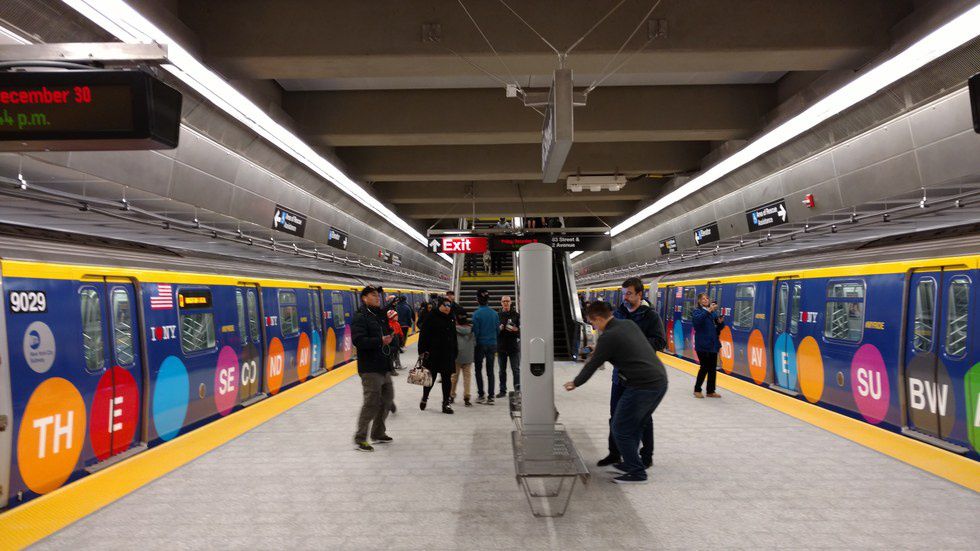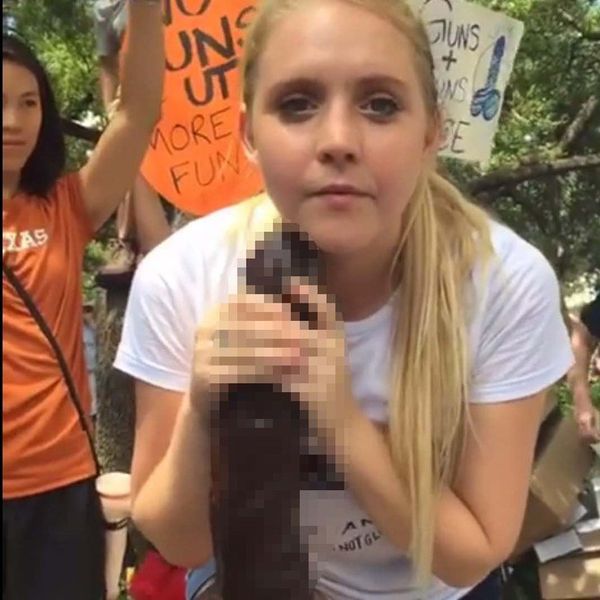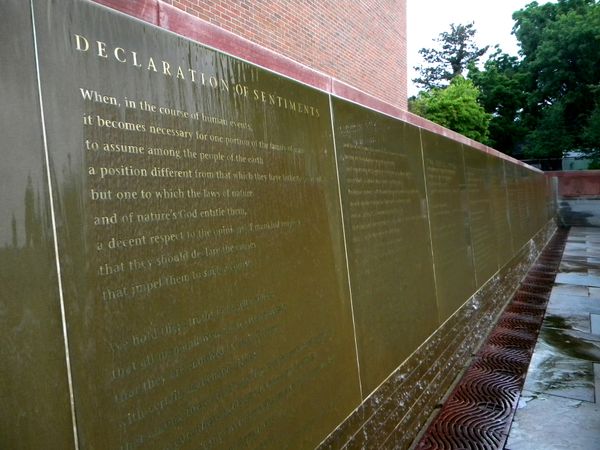On New Year's Day, I was around to see the first day of operations on the Second Avenue Subway. Well, it's not a true subway line...yet.
Originally proposed as early as 1919, the line couldn't make it out of the starting gate. Financial pressures and cost overruns from the construction of parts of New York's original city owned subway (which are home to the A, B, C, D, E, F and M subway lines) delayed construction the first time. Then came the problems associated with the five cent fare, a decaying existing subway system, inflation, two wars (World War II and the Korean War) and the decline of New York City's tax base. With a voter approved bond in 1967 and the creation of the Metropolitan Transportation Authority (MTA) in 1968, it looked as if the line would finally be built.
At the end of October of 1972, construction finally began on the line, and it was estimated to open in 1980. That opening never happened. New York City's decline between 1967 and 1975 became bad enough that the city nearly declared bankruptcy. Cooler heads prevailed and helped get the city back on stable ground and in the end of 2015, the city had a budget surplus of nearly $1 billion. However, the Second Avenue Subway was a victim, and as a result of the crisis, construction stopped, thus burdening the Lexington Avenue Line (the 4/5/6 trains) as the only subway serving the East Side of Manhattan.
Slowly, thanks to the impracticality of suburbs and the ban on leaded gasoline, New York City started to come back to life and in the 1990's, studies were done to determine how to resurrect construction. Voters in New York approved money for the job and in 2007, construction resumed.
However, small problems appeared from time to time and a 2012 opening date was pushed back to 2015 and then 2016. It would have been pushed back even later had it not been for Governor Andrew Cuomo's inspection of the construction site during the fall of 2016.
Building anything in the United States, especially New York City, is by no means cheap. The nature of New York City only magnifies that. In general, transit construction is expensive and ballot initiatives and tax proposals that have passed have all been multi-million dollar affairs.
The Second Avenue Subway is a magnificent structure and a modern marvel. The stations at 72nd Street, 86th Street and 96th Street are much more like the the stations on the Washington Metro than the stations that are traditionally found in New York City. MTA Arts & Design had for the station one of the largest public arts displays installed at all three new stops and added some art to the rebuilt station at 63rd Street (in fact, the MTA budgeted somewhere around $40 million for that purpose). With such open and wide platforms, feeling claustrophobic in the subway is a thing of the past (unless you're scrunched on a 6 train during rush hour!).
The goal of the Second Avenue Subway is to alleviate overcrowding on the Lexington Avenue Line (4/5/6 trains), which carry on a daily basis more passengers than the Washington Metro, Chicago El and the Boston Subway system combined. Hopefully, it won't take four decades to see it reach its entire length and instead of celebrating a new stretch of subway line every decade or two it can become a regular occurrence.
And to my friends in the Palmetto State, there is a chance by the end of the 2020's that there will be streetcars in South Carolina. An advocacy group in 2014 was working towards bringing streetcars back to Charleston, which had streetcars as late as 1938 and with the city's historic nature would fare well with them.






















